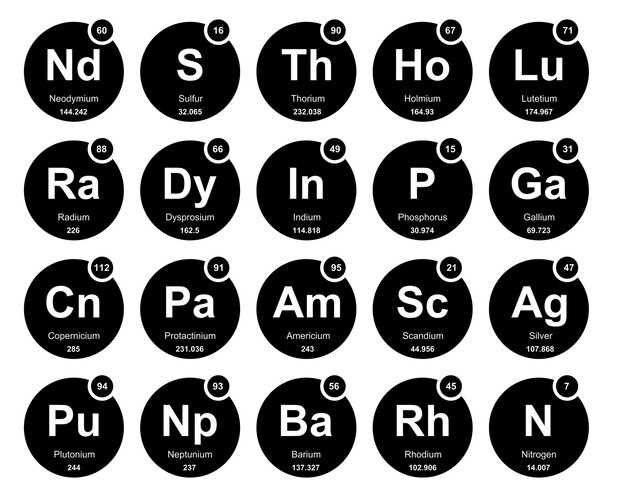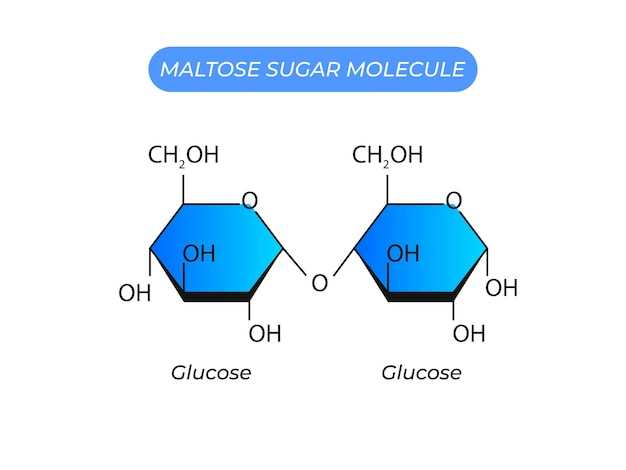
Discover the difference between Captopril and Lisinopril:
Looking for an effective medication to lower your blood pressure?
While Captopril and Lisinopril are both commonly used to treat high blood pressure, they are not the same.
Captopril:
– First ACE Inhibitor developed
– Fast-acting
– Shorter half-life
Lisinopril:
– Longer half-life
– Fewer side effects
– Approved for heart failure treatment
Consult your doctor to determine which medication is best for you.
Start your journey towards better blood pressure control today!
Overview
When it comes to managing cardiovascular conditions, captopril and lisinopril are two commonly prescribed medications. Both belong to a class of drugs called ACE inhibitors and work by blocking the action of an enzyme that constricts blood vessels, leading to lower blood pressure and improved blood flow.
While captopril and lisinopril have similar mechanisms of action and indications, it is essential to understand the differences between them to make an informed choice when it comes to treatment options.
In this article, we will compare captopril and lisinopril in terms of their chemical composition, molecular structure, function, how they work, and the conditions they are commonly used for. By the end, you will have a clearer understanding of these two medications and how they can benefit you.
Comparison between captopril and lisinopril

When comparing captopril and lisinopril, it is important to examine their chemical compositions. Both captopril and lisinopril are medications that belong to a class of drugs known as angiotensin-converting enzyme (ACE) inhibitors. They are commonly prescribed for the treatment of high blood pressure and certain heart conditions.
Captopril:
Captopril is a white, crystalline powder that is water-soluble. It is chemically known as 1-[(2S)-3-mercapto-2-methylpropionyl]-L-proline and has a molecular formula of C9H15NO3S.
The structure of captopril contains a thiol group, which is responsible for its mechanism of action in inhibiting ACE. This blocks the conversion of angiotensin I to angiotensin II, a potent vasoconstrictor, leading to vasodilation and decreased blood pressure.
Lisinopril:
Lisinopril is a white, crystalline powder that is also water-soluble. Its chemical name is (S)-1-[N2-(1-carboxy-3-phenylpropyl)-L-lysyl]-L-proline dihydrate, and its molecular formula is C21H31N3O5•2H2O.
Unlike captopril, lisinopril does not contain a thiol group. It inhibits ACE by binding to the active site of the enzyme, preventing the conversion of angiotensin I to angiotensin II.
Despite their differences in chemical composition, both captopril and lisinopril are effective in reducing blood pressure and improving cardiovascular health. However, the choice between the two medications may depend on individual patient factors and the specific condition being treated.
Chemical Composition
The chemical composition of captopril and lisinopril differs slightly, leading to some variations in their molecular structure and properties. Captopril is a sulfhydryl-containing compound, while lisinopril is an angiotensin-converting enzyme (ACE) inhibitor.
Captopril is a white, crystalline powder with a molecular formula of C9H15NO3S and a molecular weight of 217.29 g/mol. It contains a thiol group (-SH) that is crucial for its mechanism of action.
Lisinopril, on the other hand, is a white to off-white, crystalline powder with a molecular formula of C21H31N3O5 and a molecular weight of 405.50 g/mol. It does not contain a thiol group like captopril but still exhibits potent ACE inhibitory activity.
Despite these differences in their chemical composition, both captopril and lisinopril are effective medications for treating hypertension and heart failure. The variations in their structure contribute to differences in their pharmacokinetics and pharmacodynamics.
It is important to note that the information provided in this section is for educational purposes only and should not replace the advice of a healthcare professional. Only a qualified healthcare provider can determine the appropriate medication and dosage for your specific condition.
Differences in molecular structure
Captopril and lisinopril have different molecular structures, which contribute to their distinct properties and mechanisms of action.
Captopril, with the chemical formula C9H15NO3S, is a sulfhydryl-containing compound. It is known as the prototype of the angiotensin-converting enzyme (ACE) inhibitors. Its molecular structure consists of a thiol p-methylanaline side chain attached to a proline ring.
Lisinopril, on the other hand, has the chemical formula C21H31N3O5. It belongs to the class of drugs called angiotensin-converting enzyme inhibitors. Its molecular structure consists of a dicarboxylate-containing residue attached to a lysine side chain.
Due to the differences in their structures, captopril and lisinopril may have varying affinities for the ACE enzyme and other biological targets, leading to differences in their pharmacological effects and side effects.
It is important to note that while captopril and lisinopril may have different molecular structures, they both effectively inhibit the ACE enzyme, leading to the dilation of blood vessels and the reduction of blood pressure.
Function
The function of captopril and lisinopril is to inhibit the enzyme ACE (angiotensin-converting enzyme). This enzyme is responsible for converting angiotensin I to angiotensin II, which is a potent vasoconstrictor. By inhibiting ACE, captopril and lisinopril prevent the formation of angiotensin II, thus promoting vasodilation and reducing blood pressure.
In addition to their blood pressure-lowering effects, captopril and lisinopril also have other functions. Captopril is used to treat heart failure and to improve survival rates after a heart attack. Lisinopril is used to treat hypertension, congestive heart failure, and to improve survival rates after a heart attack.
Both medications have been shown to have renal protective effects, meaning they can slow the progression of kidney disease in patients with high blood pressure or diabetes.
It is important to note that captopril and lisinopril are prescription medications and should only be taken under the supervision of a healthcare professional.
How captopril and lisinopril work
Captopril and lisinopril are both medications that belong to a class of drugs known as ACE inhibitors. ACE inhibitors work by blocking the action of an enzyme called angiotensin-converting enzyme (ACE), which is involved in the production of a hormone called angiotensin II. Angiotensin II can cause blood vessels to narrow and can also stimulate the release of another hormone called aldosterone, which can lead to salt and fluid retention.
By blocking the action of ACE, captopril and lisinopril help to relax and widen blood vessels, which reduces blood pressure. These medications also decrease the production of aldosterone, which helps to lower salt and fluid levels in the body.
| How captopril works | How lisinopril works |
|---|---|
| Captopril works by selectively inhibiting ACE, which leads to decreased production of angiotensin II and increased levels of another compound called bradykinin. Bradykinin helps to dilate blood vessels and has other beneficial effects on the heart and kidneys. | Lisinopril works by blocking ACE, resulting in decreased production of angiotensin II and increased levels of bradykinin. This helps to relax blood vessels, reduce sodium and fluid retention, and improve overall blood flow. |
By targeting ACE and its effects on blood pressure and fluid balance, captopril and lisinopril can effectively lower blood pressure, improve cardiovascular health, and manage conditions such as hypertension, heart failure, and kidney disease.
Indications
Indications refer to the specific medical conditions for which captopril and lisinopril are prescribed. Both medications are commonly used for the treatment of high blood pressure, also known as hypertension. They are also indicated for the management of congestive heart failure, where the heart is unable to pump blood effectively.
Captopril and lisinopril are also prescribed for patients who have suffered a heart attack, to improve heart function and prevent further complications. In addition, they may be used in the treatment of diabetic nephropathy, a kidney disease that occurs as a result of diabetes.
Furthermore, captopril and lisinopril have shown efficacy in reducing the risk of cardiovascular events, such as stroke and heart attack, in patients with certain risk factors, such as diabetes or kidney disease.
It is important to note that the use of captopril and lisinopril should be based on a healthcare professional’s assessment and prescription. The indications may vary depending on the individual patient’s medical history and condition.
Conditions that captopril and lisinopril are used for
Captopril and lisinopril are both used for treating various conditions related to the cardiovascular system. Some of the most common conditions that both medications are prescribed for include:
Hypertension
- Both captopril and lisinopril are effective in lowering blood pressure, making them commonly prescribed for the treatment of hypertension.
- They work by relaxing and widening the blood vessels, allowing blood to flow more easily and reducing the workload on the heart.
Heart Failure

- Both medications are also used in the treatment of heart failure.
- They help to improve the symptoms of heart failure by reducing the strain on the heart and improving the heart’s ability to pump blood.
Kidney Problems
- Captopril and lisinopril can also be prescribed for certain kidney conditions, such as diabetic nephropathy.
- They help to protect the kidneys and slow down the progression of kidney damage.
Post-Heart Attack
- Both medications may be used in the treatment of patients who have recently had a heart attack.
- They help to improve survival rates and prevent further damage to the heart.
It is important to note that these medications should only be taken as prescribed by a healthcare professional. They may not be suitable for everyone and potential side effects should be discussed with a doctor.
